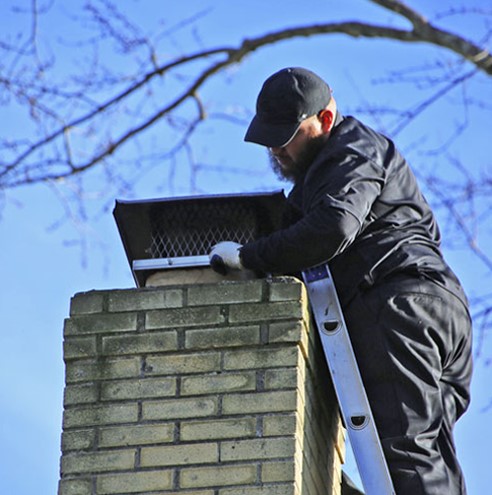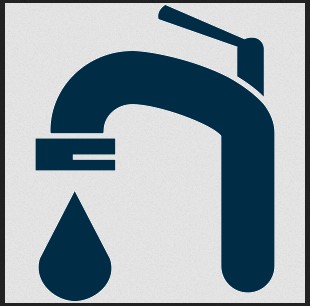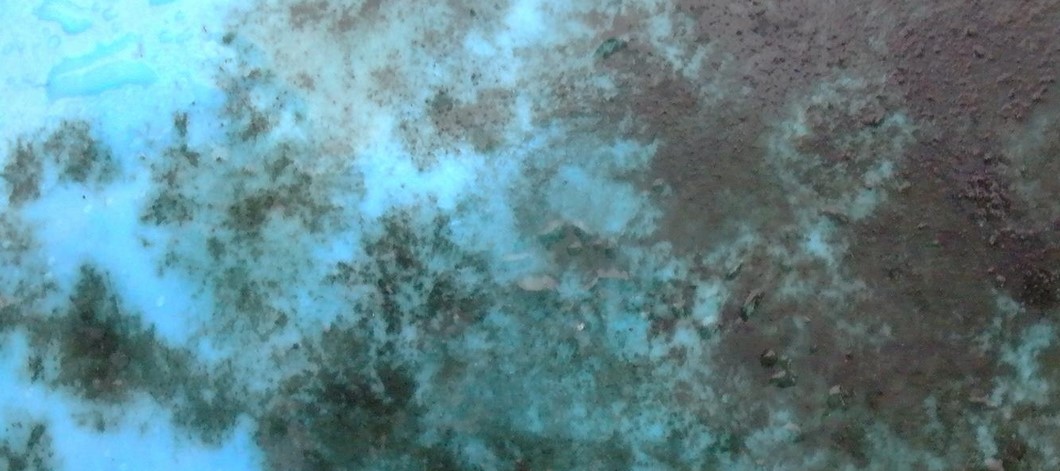
Tile grout is often the most overlooked aspect of home maintenance. While tiles themselves shine with their sleek appearance, grout lines can quickly become dirty, stained, and grimy, leading to a dull, tired-looking floor or backsplash. Regular cleaning can seem like a daunting task, but with the right tips and tools, tile grout cleaning hacks can transform your space with minimal effort. In this article, we’ll explore some of the most effective and simple hacks to keep your grout looking brand new. Whether you’re dealing with light dirt or stubborn stains, these cleaning tricks will help you achieve sparkling grout in no time.
1. Understanding the Challenge of Grout Cleaning
Tile grout is porous by nature, which means it easily absorbs dirt, spills, and stains. The grout lines between your tiles can become a breeding ground for mold, mildew, and bacteria, especially in areas with high moisture levels like bathrooms and kitchens. Over time, regular wear and tear, combined with improper cleaning methods, can cause grout to lose its pristine appearance, resulting in a dull, discolored look.
1.1 Why Grout Gets Dirty
Grout, despite its small surface area, is susceptible to staining because of its porous nature. Dirt, soap scum, oils, food particles, and water can seep into the grout, causing discoloration. In high-moisture areas like bathrooms and kitchens, mold and mildew can also become embedded in the grout, making it even harder to clean.
With time, the accumulation of dirt and grime can create a visible contrast between the tile and grout, making your space look less appealing. Fortunately, with the right tile grout cleaning hacks, you can restore the fresh and clean appearance of your floors, walls, or backsplashes.
2. Essential Tile Grout Cleaning Hacks
Now that we understand why grout gets dirty, let’s dive into some of the most effective cleaning methods and tricks for restoring your grout lines to their original beauty.
2.1 Baking Soda and Vinegar: The Dynamic Duo
One of the most popular and effective tile grout cleaning hacks involves using common household ingredients—baking soda and vinegar. The combination of these two ingredients creates a powerful cleaning solution that can break down grease, dirt, and stains without harsh chemicals.
How to Use:
- Start by mixing a paste of baking soda and water. Apply the paste to the grout lines and let it sit for about 10-15 minutes.
- After the paste has had time to set, spray the grout with vinegar. You’ll notice some fizzing and bubbling—this is the reaction that helps lift dirt and stains.
- Use a scrub brush or an old toothbrush to scrub the grout gently, working the paste into the grout lines. The vinegar and baking soda will loosen the grime, making it easier to remove.
- Rinse the area with water, and wipe it clean with a damp cloth.
This method is highly effective for routine cleaning and light stains. For stubborn mildew or mold, the combination of vinegar’s acidity and baking soda’s abrasiveness works wonders.
2.2 Hydrogen Peroxide for Stubborn Stains
Hydrogen peroxide is another excellent cleaning agent, especially for tough stains or mildew that vinegar might not be able to tackle alone. It’s a natural disinfectant that also helps break down organic matter, making it ideal for stubborn grout stains.
How to Use:
- Apply 3% hydrogen peroxide directly onto the grout lines. For heavy stains, you can create a mixture of hydrogen peroxide and baking soda to form a paste.
- Let the solution sit for 5-10 minutes to allow the hydrogen peroxide to penetrate the stains.
- Scrub the grout lines using a stiff brush, ensuring that you work the solution into the grout to lift stains and dirt.
- Rinse with clean water and wipe the grout lines with a damp cloth.
Hydrogen peroxide is especially effective at removing mold and mildew, making it a great choice for bathrooms, especially in areas like shower stalls or around sinks.
2.3 Steam Clean Your Grout
For those who prefer a chemical-free approach, a steam cleaner can be a game-changer. Steam cleaning uses high-temperature water vapor to break down dirt, grime, and stains without the need for harsh chemicals. Steam cleaners also sanitize the grout, killing bacteria and mold in the process.
How to Use:
- Fill your steam cleaner with water and attach the appropriate grout cleaning nozzle.
- Direct the steam nozzle over the grout lines, moving it slowly back and forth. The heat from the steam will loosen dirt and stains.
- Once the grout has been steamed, use a microfiber cloth or towel to wipe away the loosened grime.
Steam cleaning is an excellent option for deep cleaning your grout, especially in large areas. It’s safe, eco-friendly, and incredibly effective at killing germs and lifting stains from porous surfaces.
3. Preventing Future Grout Stains
While regular cleaning is essential for maintaining the appearance of your grout, prevention is equally important. By following these simple tips, you can keep your grout looking fresh for longer and reduce the amount of cleaning you need to do in the future.
3.1 Apply a Grout Sealer
One of the best ways to prevent grout from getting dirty is by applying a grout sealer. Grout sealers create a protective barrier that prevents dirt, moisture, and stains from penetrating the grout. Sealers are especially helpful in high-moisture areas like bathrooms and kitchens.
How to Use:
- After thoroughly cleaning and drying your grout, apply a grout sealer using a small brush or applicator. Be sure to cover all the grout lines evenly.
- Allow the sealer to dry completely, following the manufacturer’s instructions. Most sealers require a second coat for optimal protection.
Sealing your grout every 6-12 months will help maintain its pristine appearance and make future cleaning much easier.
3.2 Regular Maintenance
Routine cleaning can help prevent dirt and stains from building up in the grout lines. Sweep or vacuum your floors regularly to remove dirt and debris that can scratch and wear down grout. Additionally, clean your grout every few weeks with a mild cleaning solution to prevent grime from accumulating.
For bathroom grout, consider wiping down the grout lines after each use to reduce the buildup of soap scum and moisture. A quick wipe with a microfiber cloth or a damp sponge can do wonders in maintaining the grout’s cleanliness.
In conclusion, tile grout cleaning hacks can significantly improve the appearance of your grout lines and keep your floors, walls, and backsplashes looking fresh and new. Whether you opt for a simple baking soda and vinegar solution, a more powerful hydrogen peroxide treatment, or a chemical-free steam cleaning method, there are plenty of ways to tackle grout stains and grime effectively. Additionally, incorporating preventative measures like applying grout sealer and performing regular maintenance will help you maintain your grout’s cleanliness over time.
By utilizing these cleaning hacks, you’ll save time and effort while achieving beautifully clean grout that enhances the overall look of your home. Whether it’s for a quick refresh or deep cleaning, these methods are designed to make grout cleaning a hassle-free task—leaving your space sparkling clean and inviting.



 After the death of a person, it is necessary to disinfect the apartment – this is a mandatory procedure that you can do yourself or call the appropriate
After the death of a person, it is necessary to disinfect the apartment – this is a mandatory procedure that you can do yourself or call the appropriate





